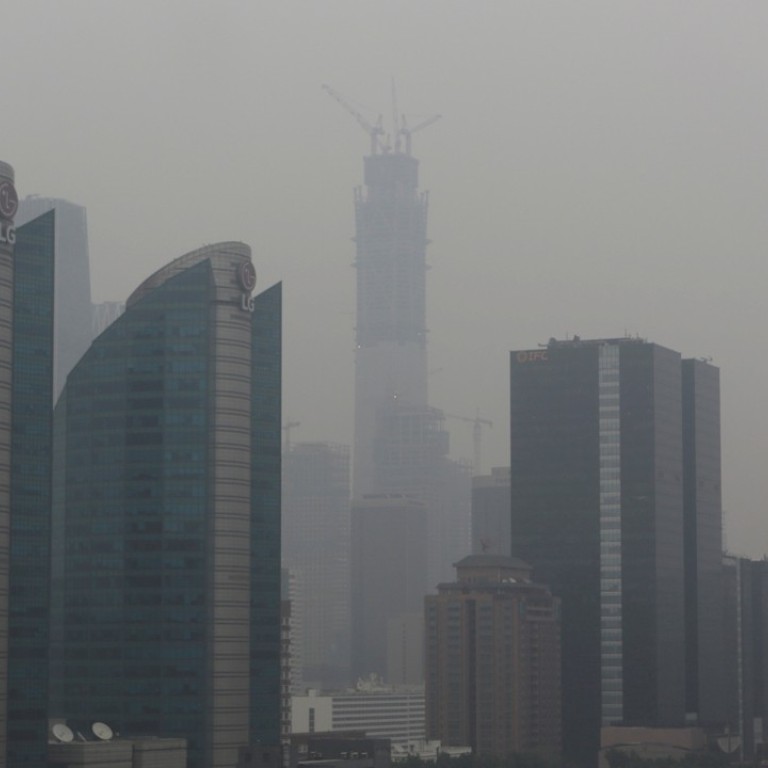
China's air quality slumps in first six months of the year
Official blames cold winter in January and February, with increased use of central heating, for the fall as the government attempts to tackle chronic air pollution
Air quality in China worsened in the first half of the year, with 338 cities including the capital Beijing on average reporting fewer clean air days due to winter pollution in January and February, an official at the Ministry of Environmental Protection said.
Between April and June, air quality improved as the government stepped up pollution inspections, Liu Youbin, inspector at the ministry’s department of publicity and communications, said at a media briefing in Beijing on Thursday.
Air pollution often worsens during China’s winter months due to a rise in heating demand by residents dependent on coal-fired power stations for power.
Air quality in 338 of China’s largest cities on average deteriorated in the first six months, the ministry said on Wednesday, with 74.1 per cent of all days during the period experiencing clean air, down 2.6 percentage points from a year earlier.

In Beijing, 55.3 per cent of the January-to-June period were good days, down 5.8 percentage points.
Concentrations of PM 2.5 in the Chinese capital rose 3.1 per cent to 66 micrograms per cubic metre. Beijing has set a target of 60 micrograms per cubic metre for the whole year.
China appointed a new environment minister last month who promised a “protracted battle” to clean up the nation’s notoriously polluted air, water and soil.
Li Ganjie took over the job from Chen Jining, who was appointed acting mayor of Beijing in May.
Hebei province, which surrounds the capital, is expected to remain a key focus of Li’s work.
The heavily industrialised province is one of China’s most polluted regions and is estimated to be the source of about a third of the particulate matter drifting over Beijing.

